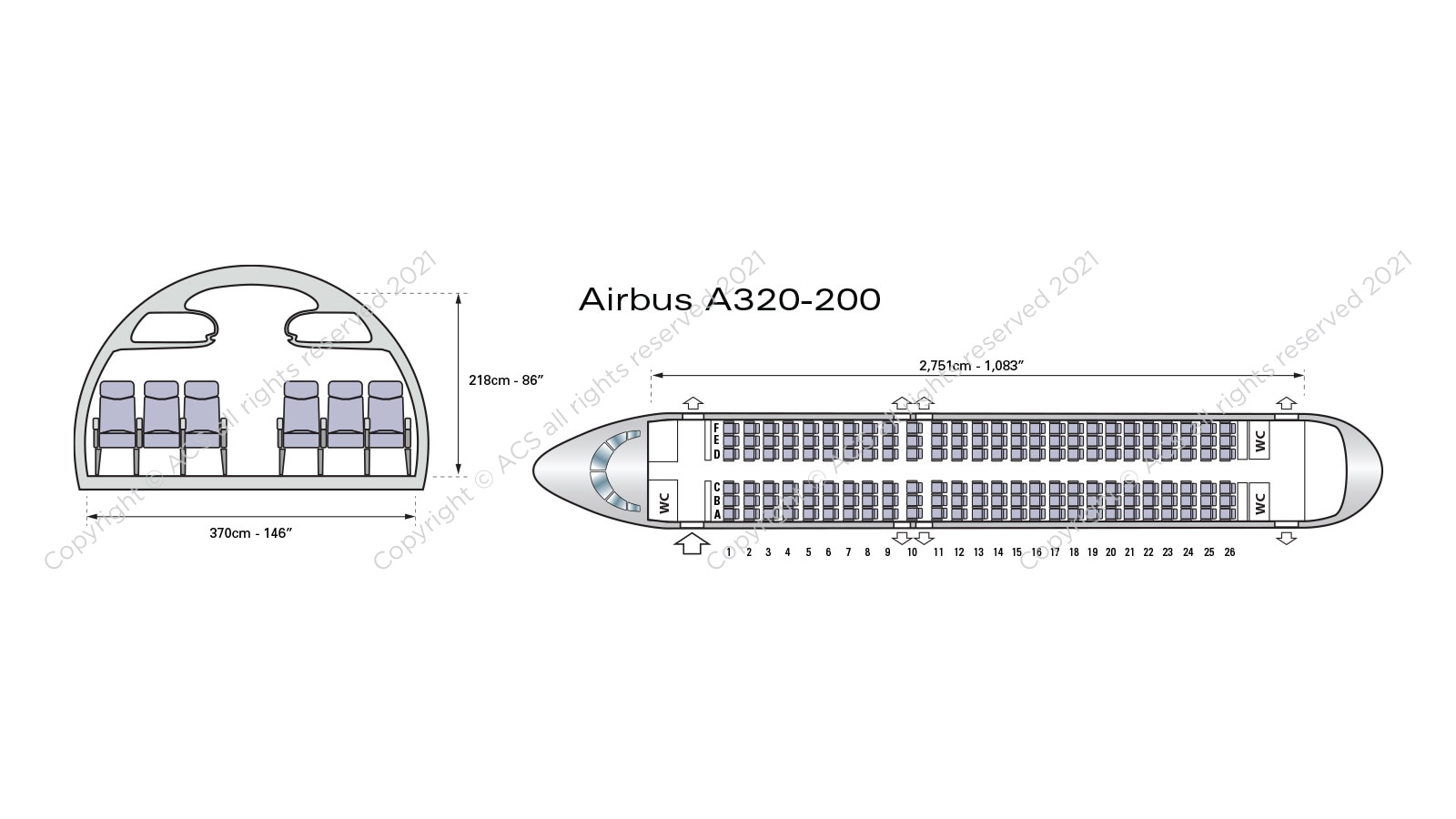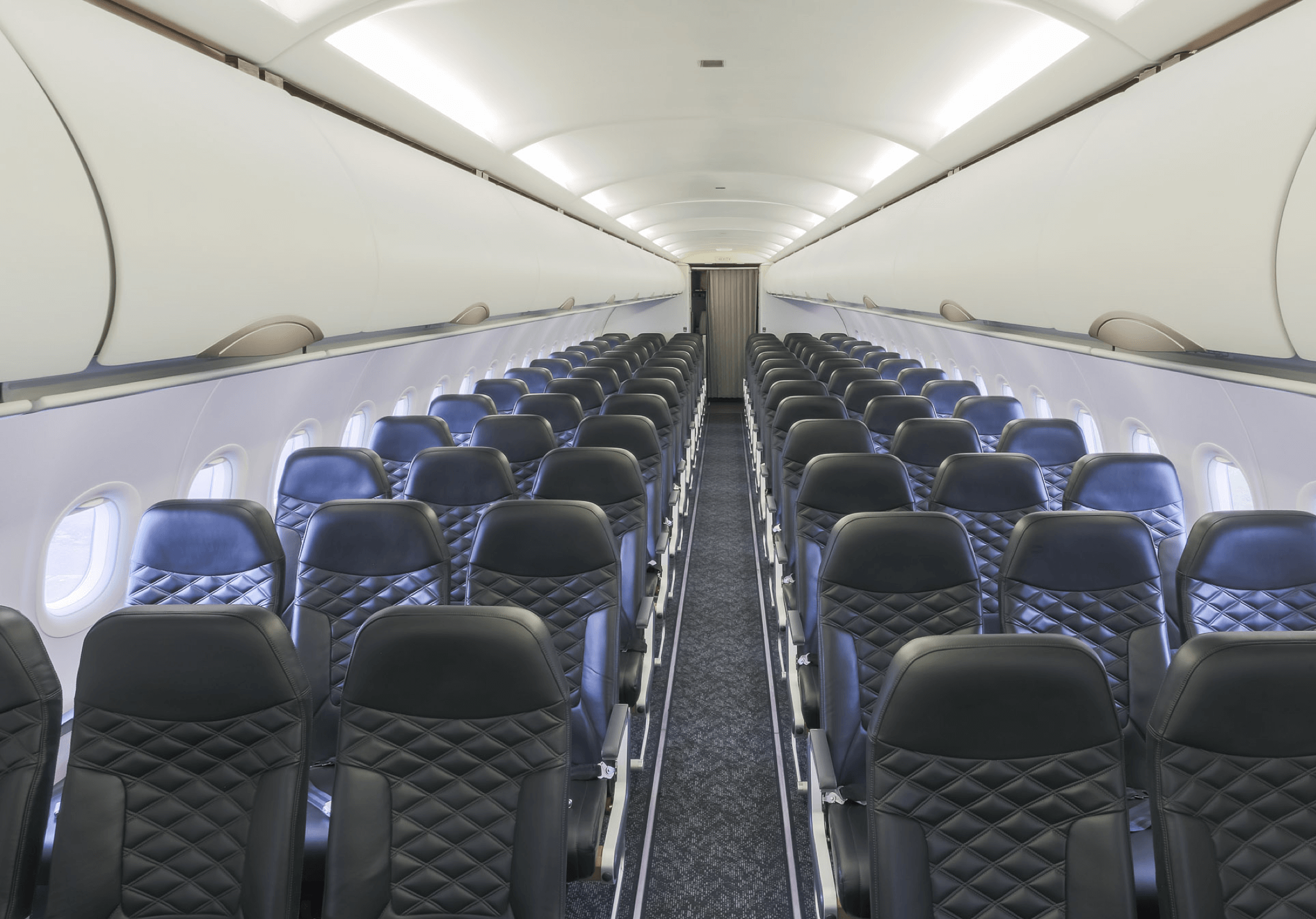Table Of Content

The aircraft was supposed to conduct a low-pass over the airfield at 100 ft (30 m) but did the pass at 30ft (9m) instead. It is the second variant of the A320 and the first shortened variant. It carries between 124 to 156 passengers, has an MTOW of 75,500 kg (166,000 lbs), and has a range of 6,490 km (3,750 nm) with a typical payload. Operating costs for a flight are dependent on a variety of factors and the length of the flight itself. Cabin crew for an A320 operating for the low-cost carrier Wizz Air UK will earn a minimum of $23,500 annually. This would mean that a fully loaded A320 costs an average of $422,600 annually.
What’s the range of an Airbus A350 corporate jet?
Additionally, aircraft can be slowed down or sped up by factors such as air traffic control in order to maintain proper spacing, or to try and get a late-running plane back on schedule. Cruising speed is defined as the aircraft’s optimal speed during level flight, where fuel consumption is minimal and the aerodynamic performance is maximized. The A320’s cruising speed is carefully calculated and optimized to ensure economical and efficient operations. This speed also allows the aircraft to maintain a stable and controlled flight while minimizing turbulence impact. Perhaps the most significant milestone in Airbus’s history came in 1984 with the unveiling of the A320, a single-aisle aircraft designed for short- to medium-haul flights.
What was the first version of the Airbus A320?
The sharklets offer an estimated fuel consumption reduction of around 4% on longer routes, contributing to lower operating costs and reduced environmental impact. After the completion of the assembly process, the aircraft undergoes comprehensive testing and quality control checks. These include functional tests of various systems, flight control checks, fuel system tests, and a series of ground tests to verify performance, reliability and safety compliance. The aircraft is also subjected to rigorous inspections to ensure that it meets strict aviation regulations and quality standards. As the assembly progresses, the aircraft’s systems and components are installed. This includes the installation of avionics systems, electrical wiring, flight controls, landing gear, engines and other mechanical and hydraulic systems.
Fly-by-wire
The first of Lufthansa's V2500-A5-powered A321s arrived on 27 January 1994, while Alitalia received its first CFM56-5B-powered aircraft on 22 March. Which was extremely fuel-efficient and exactly what airlines needed. Boeing was caught unawares and scrambled to respond with a fuel-efficient aircraft of their own.
European researchers fly mini-A320 to assess new approach to flight testing - Aerospace Testing International
European researchers fly mini-A320 to assess new approach to flight testing.
Posted: Mon, 11 Apr 2022 07:00:00 GMT [source]
Cockpit and fly-by-wire
In 2003, Airbus faced increased competition from Boeing’s 787 Dreamliner, which promised greater fuel efficiency and improved passenger comfort. In response, Airbus launched the A350 XWB (extra-wide body) program in 2005, featuring advanced composite materials, aerodynamics and fuel-efficient engines. The A350 XWB successfully entered commercial service in 2015 and has been well-received by airlines worldwide ever since. The first aircraft developed by Airbus was the A300, a wide-body short- to medium-range twin-engine jetliner typically carrying 247 passengers. On October 28, 1972, the A300 made its maiden flight, and it entered commercial service in 1974 with Air France. The A300 proved to be a success, offering improved fuel efficiency and lower operating costs compared to its competitors.
The A321 is a stretched variant of the A320 and remains is the largest aircraft in the A320 family. Airbus planned to achieve these fuel savings using smarter aerodynamics and new engines. The engines use for the A320neos are CFM International’s LEAP-A1 and Pratt & Whitney’s PW1000G. The older aircraft had the designation CEO (Current Engine Option) added to differentiate the new from the old. In December 2010, Airbus, once ahead, caught Boeing asleep at the wheel when it launched the A320neo (New Engine Option) program.
Depending on the airline, this may include seatback screens offering a selection of movies, TV shows, music and games. In some cases, airlines provide Wi-Fi connectivity for passengers to access entertainment options on their personal devices. The Airbus A320 has achieved remarkable popularity and widespread adoption among airlines around the world.
Airbus 320 Captain Flows vs Airbus 320 First Officer Flows
For passengers, the A320’s speed, altitude capabilities, and comfortable cabin make for an enjoyable flying experience. The Airbus 320, or the A320, stands out in the aviation industry for its technological innovation, operational efficiency, and passenger comfort. Its unique features, from the advanced fly-by-wire system to the fuel-efficient engines, set it apart from other aircraft in its class. The Airbus 320 is a single-aisle aircraft designed to maximize passenger comfort and capacity. In a typical two-class configuration, the A320 can accommodate between 150 to 186 passengers. The A320 and A320 neo are lauded for its unique features that distinguish it from other aircraft in its class.
Airbus ACJ TwoTwenty - Business Jet Traveler
Airbus ACJ TwoTwenty.
Posted: Tue, 05 Jul 2022 11:19:26 GMT [source]
Type rating is crucial because it ensures that pilots can safely and efficiently operate the aircraft. It also impacts a pilot’s career progression, as airlines often prefer pilots with type ratings for specific aircraft used in their fleet. The A319 is essentially an Airbus A320 with seven fuselage frames removed, it was even referred to as the A320M-7. Other significant changes include de-rated engines to improve fuel efficiency and software changes to the fly-by-wire computers that altered the handling of the aircraft to accommodate its smaller size. However, it wasn’t until six years later, in 1994, that it was first introduced into service.
This makes the A-320 more fuel efficient and less likely to encounter engine problems. Finally, the A-320 is equipped with fly-by-wire technology, which makes it more pilot friendly and easier to fly. The A-330 is also versatile and can be configured to seat anywhere from 210 to 440 passengers.

The A320’s popularity among airlines, coupled with the global growth of air travel, ensures that there will be ample opportunities for A320 pilots. Beyond the basic requirements of a commercial pilot license and instrument rating, Airbus 320 pilot jobs often require an A320 type rating. This certification demonstrates that a pilot has the necessary training and proficiency to operate the A320. It equips pilots with a high level of competence and confidence, enhancing their career prospects in the competitive aviation industry.
Finally, actual flight training allows pilots to apply their skills in real-world conditions. Vα PROT, Vα MAX and VSW are computed by the FAC, based on aerodynamic data. They are only used for display on the PFD, and not for flight control protection (the activation of the protections is computed by the ELAC). In approach, used as a target speed when the aircraft is in CONF 2 or CONF 3. I guess another possible explanation is that the "cruising speed" listed is for an EMPTY plane (no passengers, luggage or other cargo), which of course would be pretty bogus, if true. There were 155 occupants on board, including the pilots and three cabin crew.
In January 2021, the asking price for the A320neo was 110.6 million, and the list price for an A320ceo was $101 million. On July 1, 2022, Airbus secured a deal with China Jet for an order of 96 A320neos, which cost $12.2 billion, bringing the cost of each aircraft to $127.1 million. Companies such as FL Technics undertake these projects for airlines and help rebuild the aircraft’s interior to make them feel brand new for passengers. No, the aircraft’s speed can vary during different phases of flight. During takeoff and climb, the A320 operates at lower speeds to ensure a safe ascent. Likewise, during descent and landing, the speed is reduced for a controlled approach and landing.
There were no fatalities; however, 95 of the occupants were injured, with five sustaining serious injuries. It has been hailed as the most successful ditching in modern aviation history. The aircraft was in such a position where returning to LaGuardia or diverting to Teterboro were impossible. Sullenberger’s radio call “We’re gonna be in the Hudson” was delivered with an eerie calmness. Radio contact then ceased, after which Sullenberger skillfully ditched the aircraft in the Hudon river. The second crash is one of the most famous aviation accidents in history and is referred to by millions as the miracle on the Hudson.
In addition, the A-330 has a range of 7,200 to 8,000 nautical miles, which makes it well-suited for flights between Europe and North America. As a result, the A-320 is well-suited for short-haul and medium-haul routes. And with its low operating costs, it is an attractive option for budget airlines.


